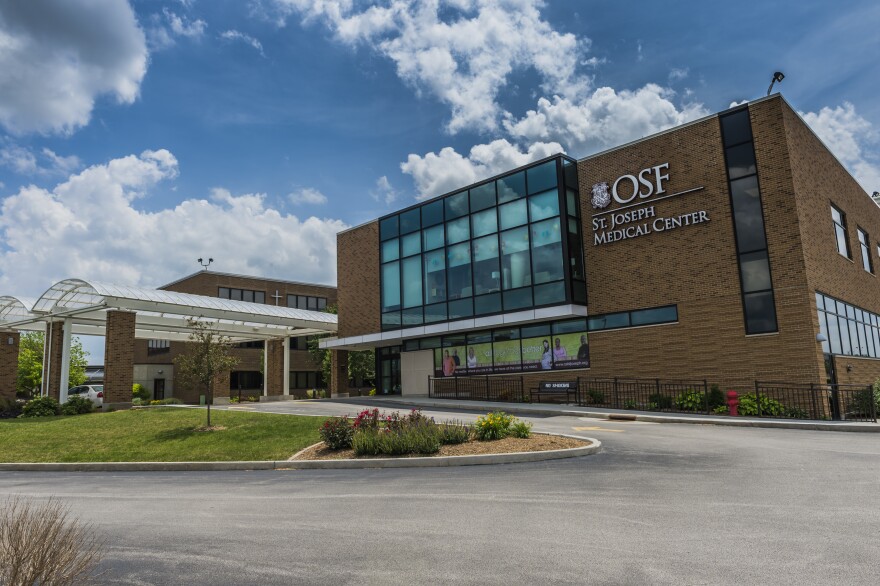Health care workers in Central Illinois say they are better prepared to respond to the coronavirus than previous pandemics because of digital technology.

McLean County Health Department assistant director Cathy Coverston Anderson said on WGLT’s Sound Ideas the advent of smart phones and web-based crisis management systems are just two technological advancements that weren't around during the H1N1 outbreak a decade ago.
“It’s so much a part of our daily life right now, having that information at our fingertips instantly, it’s hard to imagine that only 10 years ago during H1N1, it was not widely used,” she said. “This is a great new tool we are implementing and using on a regular basis.”
Anderson added health care workers and emergency responders are also much better trained now on communicating with the public and with each other.
She said the health department participates in conference calls with the Centers for Disease Control and Prevention three times each week and once a week with the Illinois Department of Public Health to ensure it has the most updated information.
“Because the communication has improved and the guidance documents are coming out more quickly than they had in the past that we are getting more information on a regular basis.”
Telemedicine
The head of emergency preparedness at OSF Healthcare said its medical facilities could expand the use of telemedicine to reduce the potential spread of COVID-19.

OSF's director of the office of preparedness and response Troy Erbentraut said telemedicine could help limit the risk of spreading the coronavirus when a medical provider doesn’t need to be in the same room with the patient.
“Maybe some of that was consulting, not necessarily something where the physician needed to perform a task, so now we have three physicians who have entered the room and exited the room,” Erbentraut said. “Digital health can help us limit that to only one of those three physicians needed to perform a task.”
Erbentraut said OSF facilities in Bloomington, Peoria and elsewhere use telemedicine on a limited basis now.
Anderson cautioned that a lesson learned from the H1N1 response is to include health care workers among the high-risk population to ensure they are among the first to get the vaccine when it becomes available.
“They left off health care workers and the CDC has learned the lesson that we need to prioritize health care workers to receive the vaccine so that they are healthy and able to protect us,” Anderson said.
The number of COVID-19 cases has reached nearly 110,000 worldwide 647 in the United States, including 11 in Illinois. The World Health Organization reports more than 3,800 deaths globally and 25 in the U.S.
You can also listen to the full interview:
WGLT depends on financial support from users to bring you stories and interviews like this one. As someone who values experienced, knowledgeable, and award-winning journalists covering meaningful stories in Central Illinois, please consider making a contribution.



